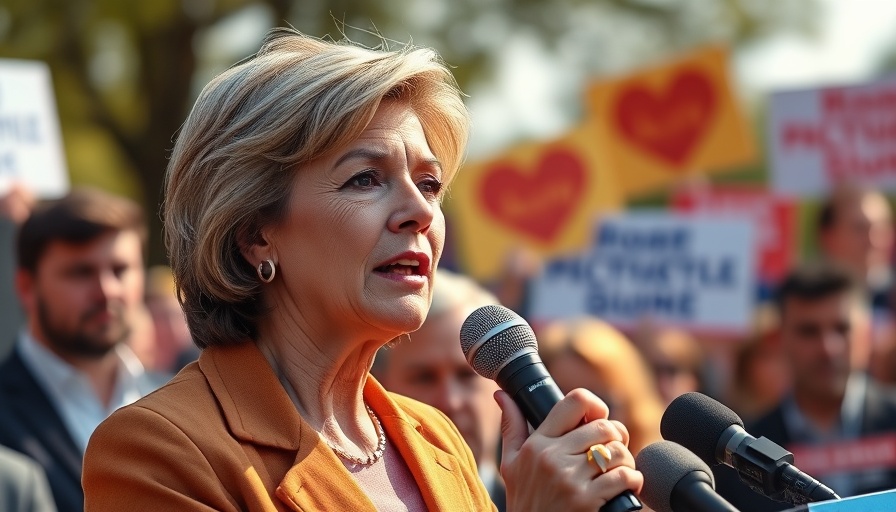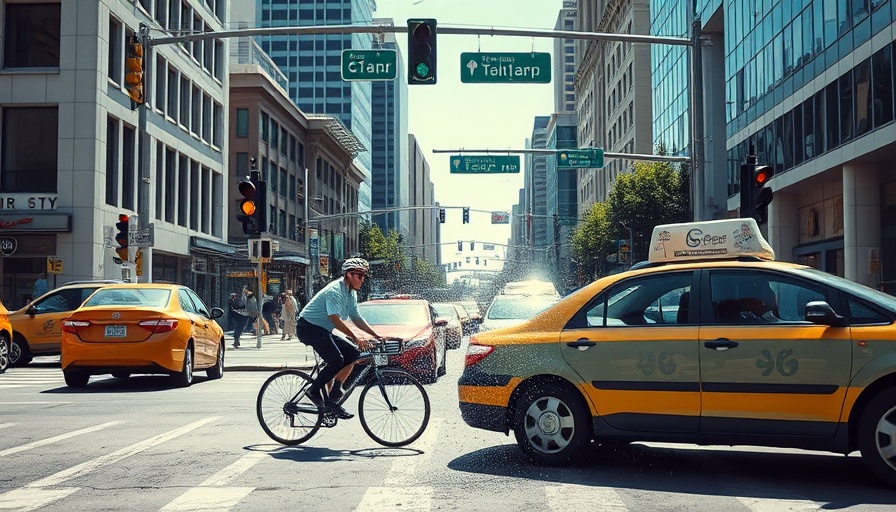
Funding Crisis for MTA: A Valued Institution
The Metropolitan Transportation Authority (MTA) is facing a funding crisis, with a projected deficit exceeding $30 billion in its upcoming capital spending plan for 2025-29. Gaps in funding threaten the operational viability of one of the nation's busiest transit systems, which services 43% of the country’s mass transit riders while receiving only 17% of federal transit funding.
Governor Hochul’s Plea: Turning to Washington
In a recent rally advocating for congestion pricing, Governor Kathy Hochul called on the federal government to allocate a fair share of mass transit funds to New York, particularly emphasizing the state’s disproportionate funding challenges. Joined by prominent Democratic leaders, Hochul sent a letter to the Trump Administration, seeking a commitment to federal funding while firmly standing her ground on keeping congestion pricing cameras active.
The Political Tensions: A Standoff in Leadership
As tensions rise, Secretary of Transportation Sean Duffy has threatened that federal aid discussions could be contingent upon shutting down congestion pricing cameras in Manhattan. Duffy's controversial comments highlighting subway crime have only intensified the urgency for state leaders, with concerns that infrastructure repairs, particularly to aging subway systems like the 190th Street A Train Station, are non-negotiable if the MTA intends to maintain public confidence.
A Call to Action: Importance of Mass Transit Support
As this funding struggle unfolds, the implications extend beyond political disagreements—they touch the very fabric of New York's operational infrastructure. For those invested in the outcomes, both lawyers and accountants stand to observe essences of fiscal responsibility in municipal budgeting, while medical professionals depend on reliable transit for staff and patients alike. The situation is long overdue for resolution, marking a crucial moment for all stakeholders involved.
 Add Row
Add Row  Add Element
Add Element 



Write A Comment